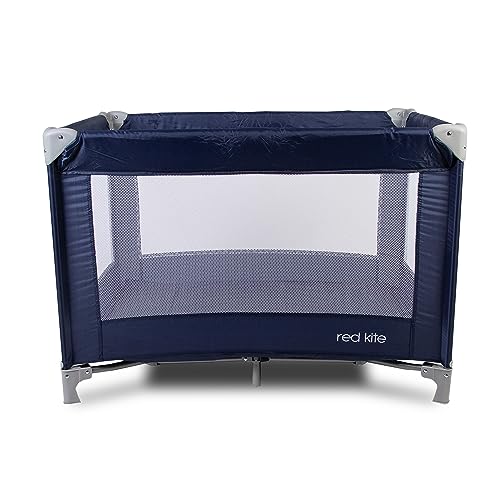How to Choose a Sale Cot
Mortuary Cots are an essential piece of equipment used in funeral hospitals and funeral homes. They allow staff to safely and securely transport bodies. They also provide a respectful and comfortable resting area for the body.
COTS items are important in the federal market, but can be difficult to manage. This blog will discuss how COTS items are incorporated into GSA schedules, as well as other regulations governing procurement in the government.
Cost-effectiveness
The use of commercial-off-the-shelf (COTS) products allows procurement agencies to gain efficiencies by purchasing items that are readily available from the marketplace. This helps reduce development time and cuts down on life-cycle costs. It lets procurement agencies take advantage of the latest advances in technology and experience in the field.
It is important to be aware that COT designations can be subjective, and different organizations will interpret COTS items differently. This can be problematic for a business that relies on a uniform method to determine accurate government prices. For instance, wholesalers or GPOs usually have a list of COT-related items that are not in line with the list used by manufacturers to determine prices for government. A properly documented SOP and COTS reference library are critical elements in applying an effective and consistent process to assign COTs.

Reliability
The sale cot is a crucial purchase for mortuary facilities. It must be durable and durable enough to withstand the rigors of heavy use. It should be easy to transport, and also installed. If there are any problems after purchase, the manufacturer should offer an excellent customer service. Also, take feedback from your employees prior to making the final decision. They will be the real users of the cots and will give you an idea of its durability and reliability.
GPOs and wholesalers frequently assign COT designations that do not coincide with the manufacturer's list. This is due to many factors, including changing business models, mergers, and acquisition activity. This makes it difficult to apply a subjective lens for evaluating COTS.
Durability
The durability of sale cots is vital because they need to be able to endure heavy usage and frequent transport. These cots are used by many funeral homes to display the remains of deceased persons. They should be strong enough to support the weight of caskets as well as other objects. Cots must also be resistant against corrosion and possess an easy-to-assemble and stable structure. It is also important to choose a company that offers customer support and is able to assist with any issues that might occur after purchasing.
Solid wood cots are the best option for furniture for babies since they're strong enough to last a long time, and less likely to contain harmful chemicals or toxic off-gassing unlike composite materials such as MDF or chipboard. In addition, they're more attractive than cheaper alternatives.
If you're looking for a cot which can also be used as a lounge chair The Westport design from Silver Cross might be the perfect option for you. It's constructed from a durable material and has three different levels of height suitable for growing babies. The instructions can be confusing but the crib is worth it once you understand them.
The Helinox Cot One is the lightest cot available, but it's not as durable as some of the other models we've tested. It's also more difficult to assemble since it comes with a lot of parts. linked resource site 's a comfortable cot and a good choice for backpackers. It's also 14 oz less than the Thermarest Luxury Lite or Sleep Rite.
Safety
If you provide cribs, it is essential that they meet the product safety standard. This is an essential step to prevent child injuries and death. This can be done by asking your supplier whether their products have been independently tested. Request them to supply you with a copy of the results. Alternatively, you can organize your own test.
It is crucial to check the safety of your cot before sleeping your child in it, no matter if it's brand new or used. You should also look for warnings and labels that provide information, as well a certificate from the manufacturer. It should not have sharp edges, protrusions, or gaps that could trap a child’s finger or leg. Also, there should not be footholds that children can use to climb out of the cot.
Check that the mattress of a cot is clean and flat. It should fit perfectly without gaps. The bottom edge of the lowest rail should not be more than 30 millimetres away from the mattress base. If the cot's base is adjustable, ensure that it is set to its lowest position.
Check that the slats and filler bars are fixed, and that they do not have any tiny holes that could trap clothing. Nuts, bolts and corner posts shouldn't be more than 5mm from the ground to stop a child from catching their fingers. Make sure that the cot isn't near loose blinds or curtains which can be grabbed easily by tiny hands.
Find a label that shows the cot has passed the obligatory tests and is compatible with Australian Standards AS/NZS2172:2003 Cots intended for use in homes Safety requirements. This is the only way to ensure that the cot you are purchasing is safe and suitable for sleep. It is unlawful for antique stores, retailers and second-hand shops to offer antique cots without labels or certificates.
Accidents can occur, despite the fact that the majority of designers and manufacturers try to make sure that their products are safe. Older cots that have been used by children of other ages may not meet current safety standards, and could present risks of suffocation or foreign body ingestion or strangulation.
